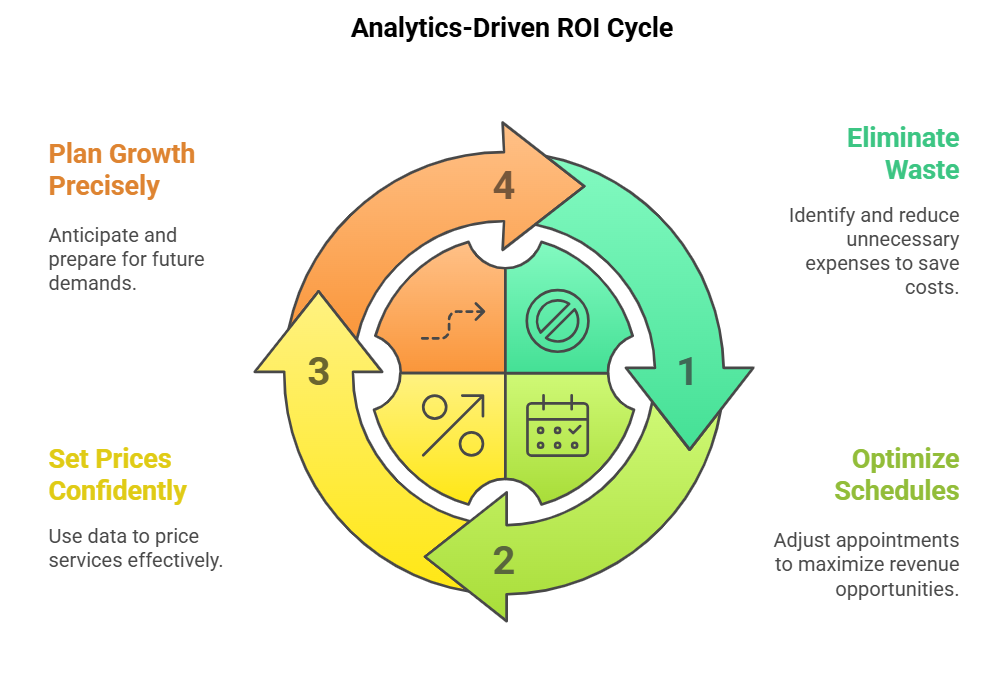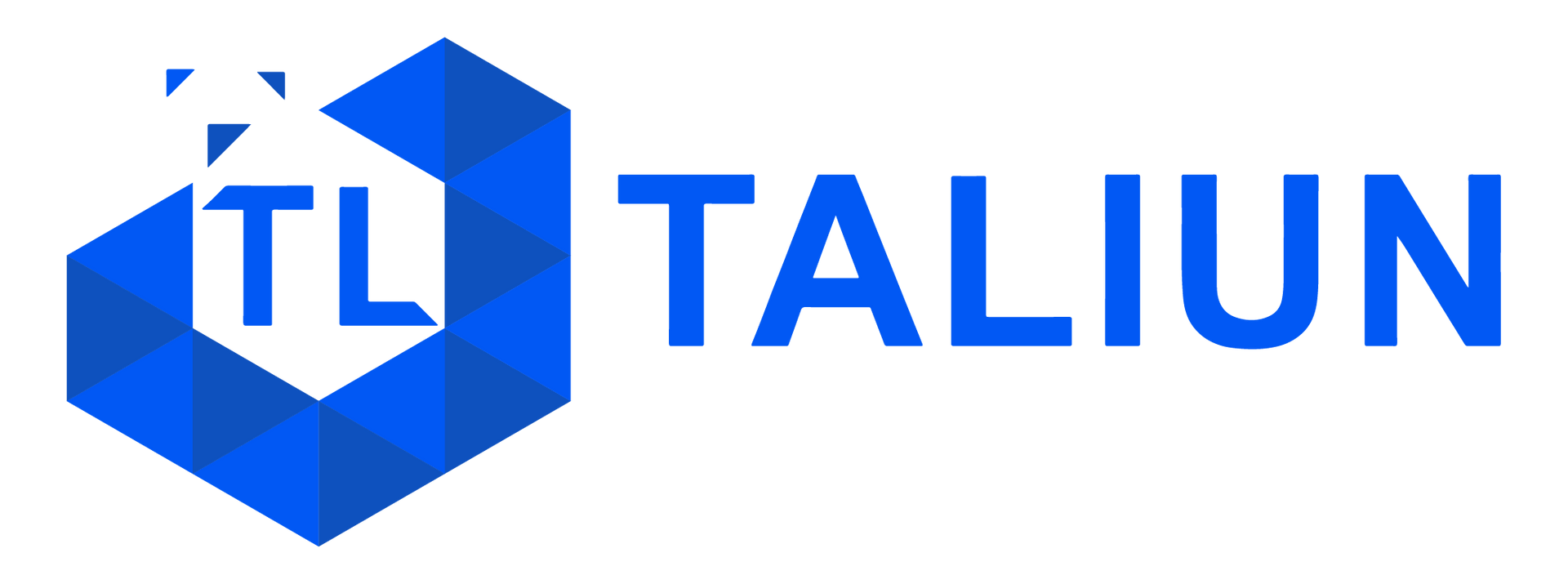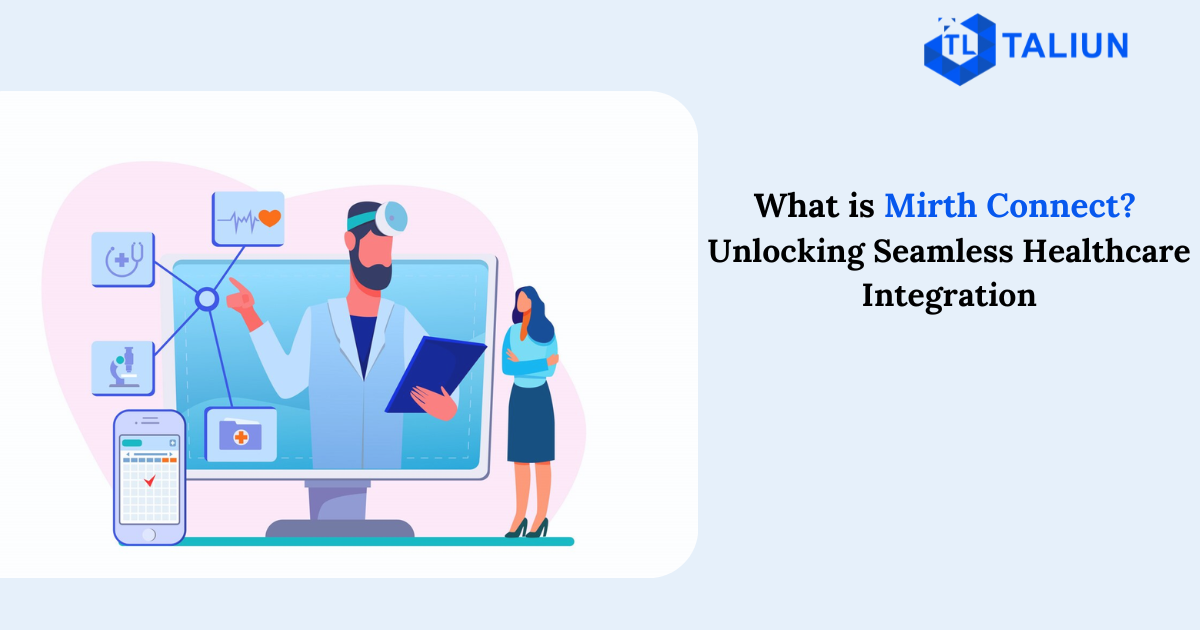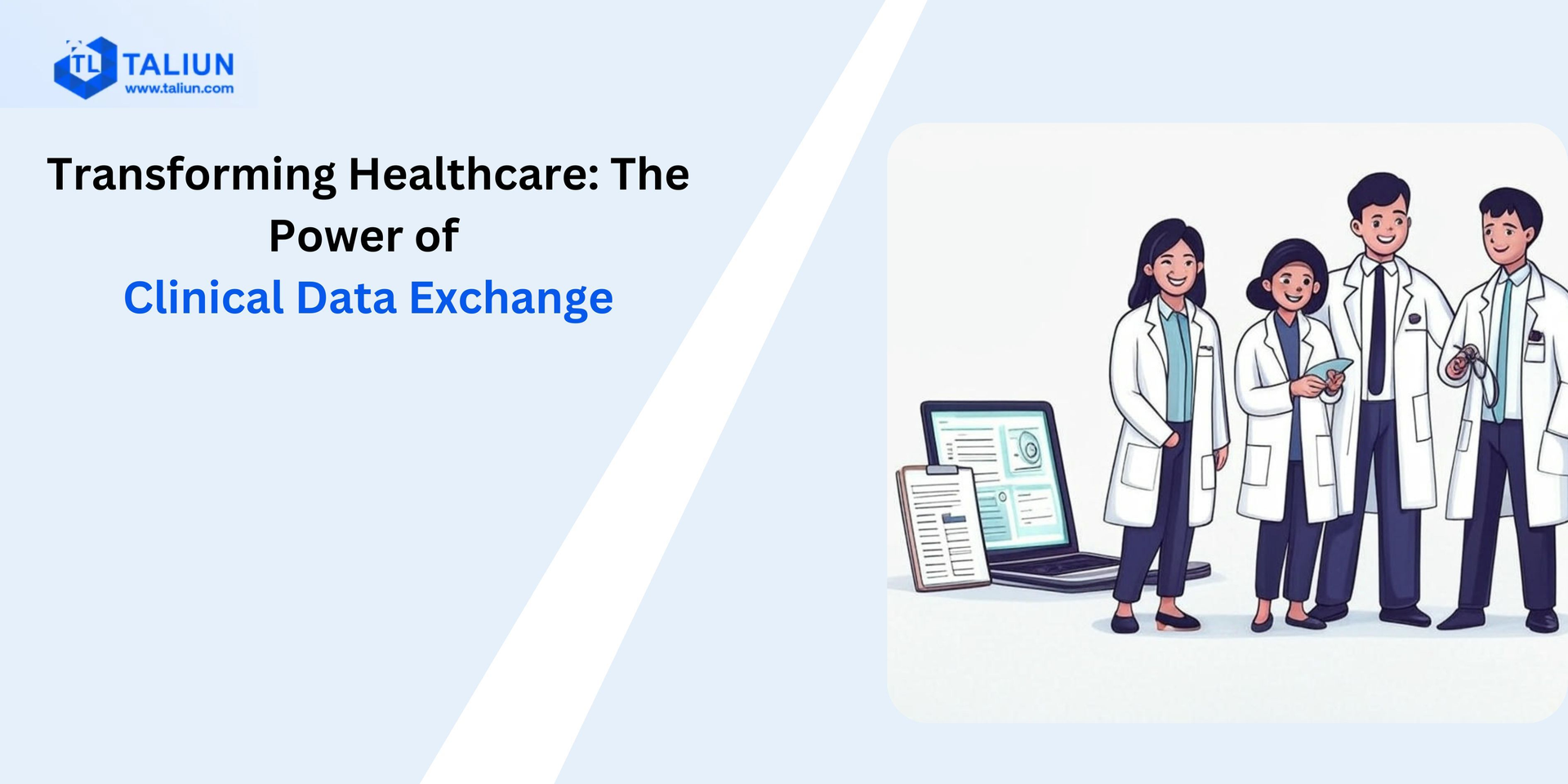Maximizing ROI: How Cost and Utilization Analytics Drive Healthcare Success

Efficient healthcare operations depend on making every resource count. As a healthcare provider or administrator, you deliver critical care while managing rising costs, scheduling demands, and growth opportunities. What if you could uncover hidden savings, streamline workflows, and increase profitability without compromising patient outcomes? Cost and utilization analytics offer that solution. At
Taliun, we simplify this process, turning complex data into actionable insights for healthcare organizations.
These analytics tools dive deep into your operational and financial data, pinpointing what fuels success and where improvements are needed. In this post, we’ll explore how cost and utilization analytics maximize return on investment (ROI), why they’re vital for healthcare providers, and how data transforms numbers into strategies. By the end, you’ll see why analytics isn’t just for finance teams; it’s your pathway to a more efficient and patient-focused organization.
Understanding Cost and Utilization Analytics
Let’s break it down. Cost analytics tracks your expenditures, covering staff salaries, medical equipment, software licenses, and facility overhead. Utilization analytics examines how resources are used, including appointment schedules,
clinical tools, and staff productivity. Together, they provide a comprehensive view of your organization’s financial and operational performance.
Think of these tools as a diagnostic lens for your healthcare system. Just as clinicians assess patient data to guide treatment, analytics identifies inefficiencies to inform decisions. The technology-driven approach delivers these insights seamlessly, customized for healthcare providers. No manual calculations or outdated reports; the solutions offer clear, real-time data tailored to your needs.
Why Analytics Matter in Healthcare
Operating a healthcare organization means balancing patient expectations with financial realities. Inefficiencies erode profits quickly. A 2019 study in
JAMA estimated that the U.S. healthcare system wastes up to $935 billion annually due to overstocked supplies, underutilized staff, or scheduling missteps. For providers, minimizing this waste is essential to remain competitive.
Analytics address these challenges directly. They highlight cost leaks, optimize resource allocation, and reinforce your commitment to quality care. Healthcare success hinges on trust and efficiency. Data analytics services ensure you meet patient needs while strengthening your bottom line.
How Analytics Boost ROI: Practical Examples
How do cost and utilization analytics deliver tangible results? Here are four ways they enhance ROI, drawn from real-world applications.
- Eliminate Waste for Savings: Excess supplies or unused services drain budgets. Analytics identifies these issues fast. A
Health Affairs study noted that cutting waste by 10% can markedly improve margins. One provider found they spent $7,000 annually on redundant diagnostic tools. By redirecting funds to staff training, they boosted capacity without added costs.
- Optimize Schedules for Revenue: Unused time slots mean lost opportunities. Utilization analytics reveals gaps in resource use. A healthcare organization identified a 20% underuse of clinic hours midweek. Adjusting staff shifts and adding telehealth options increased revenue by 22% in three months, all with existing resources.
- Price Services Strategically: Are your fees aligned with costs and demand? Cost analytics details service expenses, while utilization data shows usage patterns. A provider discovered high demand for specialized consultations. Raising fees by $30, backed by data, maintained patient satisfaction and lifted ROI by 18% in six months.
- Plan Growth Confidently: Analytics forecasts future needs. Rising demand for remote monitoring, for instance, signals investment opportunities. A
McKinsey report found analytics-driven organizations are 20% more efficient.
Healthcare solutions provide the clarity to expand smartly.

The Science of Savings: Why Analytics Work
Analytics excel by uncovering patterns beyond human reach. Healthcare involves variables like patient volume shifts, equipment downtime, or seasonal care trends. Manual methods falter under this complexity, but algorithms thrive. They analyze data to reveal insights, such as increased telemedicine use, guiding precise actions.
This approach isn’t exclusive to healthcare. Companies like Amazon leverage analytics to streamline operations, saving billions. Healthcare providers, especially those integrating digital solutions, can achieve similar agility. Technology expertise converts raw data into practical recommendations for your organization.
Your Analytics Partner
Healthcare providers focus on patients, not number-crunching. Analytics solutions are designed with this in mind. The platform offers real-time cost breakdowns, utilization reports on clinical workflows, and actionable advice, such as optimizing staff allocation. Built with HIPAA compliance, it ensures data security across your operations.
The tools are intuitive and tailored for healthcare settings. A clinic administrator noted, “Analytics pinpointed cost savings in an afternoon. It’s like having a strategic advisor on demand.” Explore
client success stories to see this clarity in action.
Avoiding Analytics Pitfalls
Analytics requires careful use to deliver value. Avoid overwhelm by focusing on key metrics, like resource utilization, rather than tracking everything initially. Data without action wastes potential; implement small changes regularly based on findings. Set clear goals, such as improving profitability or patient access, to guide your efforts. The team supports you, ensuring analytics align with your priorities.
Beyond Profits: Enhancing Patient Care
Analytics extend beyond financial gains; they strengthen patient relationships. Reducing waste can fund new services, like extended hours, without added strain. Optimized workflows shorten wait times, improving satisfaction. Sharing data, such as “80% of costs support direct care,” builds transparency. A 2023 PwC survey found 87% of patients value clear cost communication. Analytics equip you to meet this demand.
The Big Picture: Analytics as Your Edge
Cost and utilization analytics are more than tools; they’re your strategic advantage. They enhance efficiency, drive revenue, and uphold the quality that defines healthcare. For providers, where operational decisions shape success, analytics provide a critical edge. Solutions make data actionable, letting you prioritize patients over paperwork.
Conclusion: Shape a Stronger Future with Analytics
Picture your organization thriving a year from now: costs controlled, resources maximized, and patients receiving top-tier care. Cost and utilization analytics unlock this potential, blending profitability with purpose. Don’t let inefficiencies sap your resources or uncertainty stall your progress. You’ve built a healthcare system focused on excellence. Now elevate it with data-driven insights.
Take the first step today. Explore
analytics solutions and see how data strategies drive healthcare success. Begin with one metric, like scheduling efficiency, and watch the benefits grow. Your patients deserve outstanding care. Your organization deserves outstanding results.
Contact Taliun now
to fuel your growth with expert support. Let’s create a future of efficiency and impact together.
Subscribe to our Blogs
Contact Us
Thanks for subscribing! You'll now receive our latest blog posts straight to your inbox.
Please try again later.
Locations
US:
39899 Balentine Drive,Suite 200
Newark, CA 94560
Phone: +1-(408) 883 - 7902
India:
Ven Business Center I, First Floor, Baner - Pashan Link Rd, Pashan, Pune, Maharashtra 411021
Phone: +91 83293 46166
Copyright 2024 Taliun | Privacy Policy




